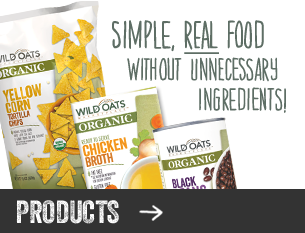Considering the vast number of products in which it’s now found, aspartame is pretty scary stuff indeed.
For one thing, the artificial sweetener, commonly found in “diet” and “light” foods and beverages, is in the same family as monosodium glutamate (MSG), which I told you about here last week, in that both are brain-cell killing “excitoxins.” (Aspartame is also on the list of 125 unwanted ingredients, or “No-No’s” in Wild Oats products).
Like the free glutamic acid in MSG, the aspartic acid found in aspartame is a neurotoxic substance that activates a ‘phantom taste’ sensation that can literally excite certain brain cells to death, particularly when consumed by children without a fully formed blood-brain barrier, or older people whose barrier has been compromised. In fact, both MSG and aspartame were found to cause holes in the brains of baby mice
Brain cell death aside, an estimated 85 percent of all complaints made to the Food and Drug Administration are related to aspartame consumption.
In fact, it causes so many adverse reactions that there’s even a support group for people who have experienced them – the Aspartame Consumer Safety Network. Founded in 1987, it has since logged more than ten thousand such reports from both individuals and doctors. These range from migraines to depression to slurred speech to breathing problems to convulsions.
But the most frightening of all may be the ones from airline pilots, who have told of suffering grand mal seizures and vision problems, as well as confusion, disorientation and “aberrant behavior.” The group has logged well over 600 such reports from pilots – something it calls “a problem of astronomical proportions with disastrous results if left unaddressed.”
Aspartame, in other words, is something that can really “zap you out” — and because it carries no warnings (other than that intended for people suffering fromthe genetic condition called phenylketonuria, or PKU), you might never know what did it to you.
If you’re saying “enough already,” unfortunately, there’s more.
Original research done decades ago found that aspartame caused brain tumors in test animals – a fact that researchers for the company that accidentally discovered it in 1965 were accused of covering up.
So it’s up to you to make sure you’re not eating or drinking products that have been sweetened with this toxic additive.
Just think of it as a “no-brainer.”


 Contact us
Contact us





